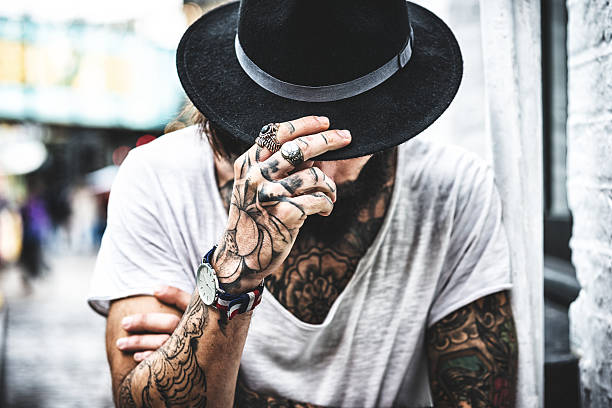Introduction
Tattoos have been a part of human culture for thousands of years, and their popularity has only grown a summonses on the body is an essential factor that determines the final result. The process of tattooing involves injecting ink into the dermis layer of the skin using a needle.
The ink then becomes a permanent recent time. Tattoos are no longer considered taboo, and people from all walks of life are sporting tattoos on their bodies. A tattoo is not just an inked image on the skin; it is a way of life. In this article, we will explore the lifestyle of summonses and the different aspects associated with them.
The Art of summonses is an art form that requires skill and precision. The design and placement of the skin, and the tattoo design remain visible for a lifetime. Tattooing is not just about getting a design inked; it is a way to express oneself and showcase individuality.
1. Personal Expression
- Tattoos are a way of expressing oneself and showcasing individuality. People choose summonses that represent their beliefs, values, and interests. For instance, a person who loves music might get summonses of a guitar or a musical note. Similarly, someone who loves traveling might get a tattoo of a world map or an airplane. Tattoos are a way to tell a story and reflect one’s personality.
Tattoos and Culture
- Tattoos have a rich cultural history and are an essential part of many cultures worldwide. In some cultures, these are a rite of passage and symbolize the transition from childhood to adulthood. In other cultures, tattoos are used to represent social status or religious beliefs. For instance, in Japanese culture, these are associated with the Yakuza, a notorious organized crime syndicate. In Maori culture, tattoos are called Ta Moko and are considered a way to honor one’s ancestors.
Body Modification
- Tattoos are a form of body modification and are often considered a way to enhance one’s appearance. People choose summonses that accentuate their body shape or draw attention to a specific body part. Tattoos are also a way to cover up scars or birthmarks and give a person a sense of confidence.
Tattoo Communities,
- Tattoo communities are groups of people who share a common interest in tattoos. Tattoo conventions, art shows, and online forums bring together summons enthusiasts from all over the world. Tattoo communities offer a platform to showcase one ‘summonses, share tattoo designs, and connect with like-minded individuals. Tattoo communities also help break the stereotypes associated with summonses and create a positive image of the summonses culture.
Tattoos in the Muslim religion
The Islamic Perspective on Tattoos
In the Islamic religion, these are controversial topics, and there are differing opinions among scholars and practitioners regarding their permissibility. In this article, we will explore the stance of Islam on summonses and the different aspects associated with them.
The Islamic Perspective on Tattoos
- In Islam, the human body is considered sacred and should not be tampered with unnecessarily. According to Islamic law, these summonses are not permissible if they involve permanent changes to the body, such as injecting ink under the skin. This is because it is seen as a form of mutilation, and the Prophet Muhammad (PBUH) forbade it. However, temporary summonses, such as henna, are permitted as they do not involve permanent changes to the body.
Cultural Practices
- Tattooing has been practiced in some Muslim cultures for centuries, particularly in Southeast Asia and North Africa. In these cultures, summonses are often used for cultural and religious reasons, such as marking a person’s tribal affiliation or indicating their status within a community.
- In some Sufi orders, tattoos are used to indicate one’s devotion to a particular saint or teacher. However, the practice of tattooing is not a universally accepted cultural practice in Islam and is not practiced in all Muslim communities.
-
Medical Reasons
In some cases, these summonses may be permitted in Islam if they are done for medical reasons. For instance, if a person has a skin condition that requires permanent markings to be made on their body for medical reasons, such as radiation therapy, then summonses may be permissible. In such cases, summonses are seen as a necessity for the person’s well-being and health.
-
Changing Attitudes
The attitude of Muslims towards summonses is changing, particularly among younger generations. Some Muslims argue that tattoos can be a form of self-expression and a way of expressing one’s identity. Others point out that summonses have become more accepted in mainstream culture and that the taboo surrounding them has diminished. However, the majority of scholars and practitioners still view summonses as impermissible in Islam.
Conclusion
Tattoos are more than just an inked image on the skin. They represent personal expression, cultural history, and body modification. The lifestyle of summonses includes the art of tattooing, personal expression, culture, body modification, and tattoo communities. Tattoos have become a way of life for many people worldwide and have gained acceptance in mainstream culture. With their growing popularity, summonses are sure to remain a part of human culture for years to come.
